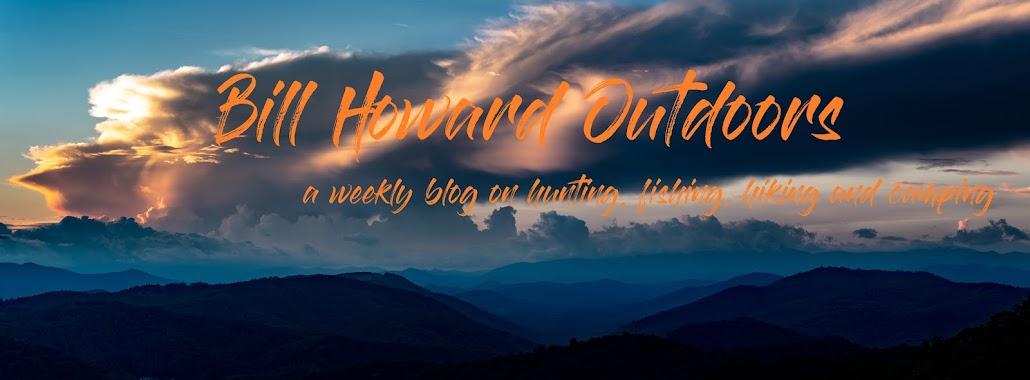It is not very often one can talk to one person about
hunting whitetail, move several feet down the line and learn about hunting
grizzlies in Alaska, then take a few more steps and speak to someone about the
costs and necessities of an African expedition.
If you happen to be one of the people looking at finding an
outfitter to schedule the dream hunt you have anticipated for many years, there
is much information you need to discover beforehand. Let’s assume you already know the game you
are after. You have also already done
your homework, and know where you want to hunt and know the amount of money you
are willing to spend. Now what?
First, know what type of hunt you are doing. The outfitter or guide should be able to tell
you how the hunt is expected to be performed.
If you are accustomed to hunting whitetail deer in North Carolina from a
tree stand, you are going to be in shock when you hike into the back country of
the Midwest for what could be dozens of miles in search of a muley in a spot
and stalk hunt.
When researching one of my past hunts, I was told that it is
a VERY rough hunt. We would be hunting
by horseback through some of the roughest terrain we could imagine. Even with the warning, to experience it is a
different matter. Climbing up mountains
on a horseback where you practically are leaning forward past the horse’s neck
and shoulder while it lunges up the side of the earth, well that is something
that is hard to train for. I was told
that ATV’s would not be able to make it a few yards on the terrain. The guide was correct.
You need to know the climate and expected weather during the
time of the hunt. The same hunt
mentioned above consisted of 20 degree mornings and mid 70 degree afternoons.
Second, you need to know what type of lodging and meals YOU
expect. Most outfitters will offer
lodging and meals. However, you cannot
expect the South African resort with pool tables, large mahogany dinner tables,
maid services and personal chefs from every outfitter. Speaking with one outfitter several years
ago, he explained how expectations with research can get one into trouble. He was hosting several waterfowl hunters on a
duck and goose hunt in the pothole region of North Dakota. The hunters were wealthy friends who made
annual expeditions to different places throughout the world. Even though the birds were everywhere and the
hunting was tremendous, the hunters were disappointed in the small house the
outfitter had as a lodge. They expected
a spa, wet bar, and more. Their trip was
as much about the non-hunting as it was the hunting. You definitely do not want to anticipate
something grand and end up sleeping in a drop camp.
Third, you must know of any additional costs. You checked several guides and outfitters on
the internet and found out the dream elk hunt you have wanted to go on runs an
average of $1750 for a 5 day hunt. So,
being prepared, you allocated $2000, thinking the extra $250 for incidental
expenses would suffice. On the third
day, a massive 7x7 elk steps out a mere 40 yards away. You take the shot. Success! After the celebratory hugs and excitement,
the guide mentions the elk will make record book. Even better!
Then the guide asks if you have your checkbook with you…you know, to
cover the ‘trophy’ fee. That’s the way
to take the wind out of a sail!
It can go the opposite way as well. You are in Ohio. Whitetail heaven! You have seen several deer that would compare
to the ones you have chased at home like a moose to a Billy goat. You see one come out from your left. You wait, trying to count the points through
the tree limbs. As the buck steps into
the clearing, broadside, you can tell it is a high rack, with at least 5 points
on the side closest to you. Boom! It is a beautiful specimen of a whitetail. Problem is the antlers are nearly straight
up, not reaching the ‘outside the ear’ requirement. Now you have another type of fee, not meeting
the minimum requirements set by the outfitter or landowner.
There are but a few examples of what you need to find out
from your outfitter to make that dream hunt a true dream and not a
nightmare. In all three cases, the
outfitter has not misled or scammed anyone.
It just happened that we did not find out enough about the type of hunt
they offer.
And if you get a chance to go the Dixie Deer Classic in
Raleigh this weekend, I will be there, behind the curtain, measuring all those
huge deer racks. Unfortunately, none of
them will be one that I was fortunate enough to encounter in the field. For now, they will just help fuel my dreams.




